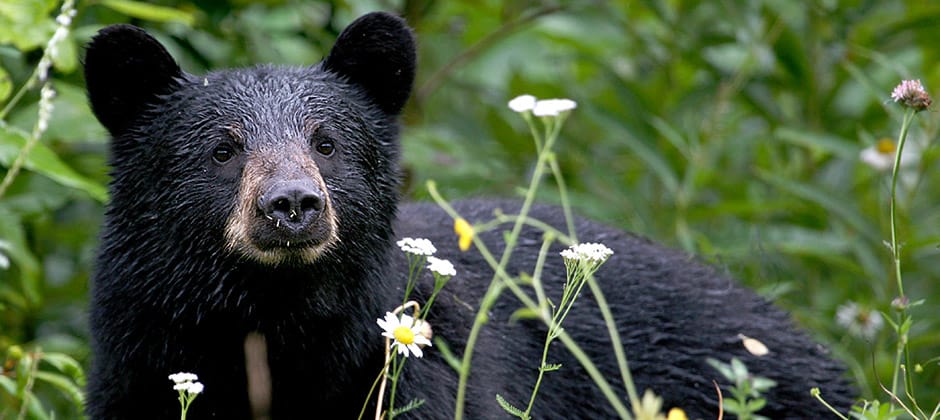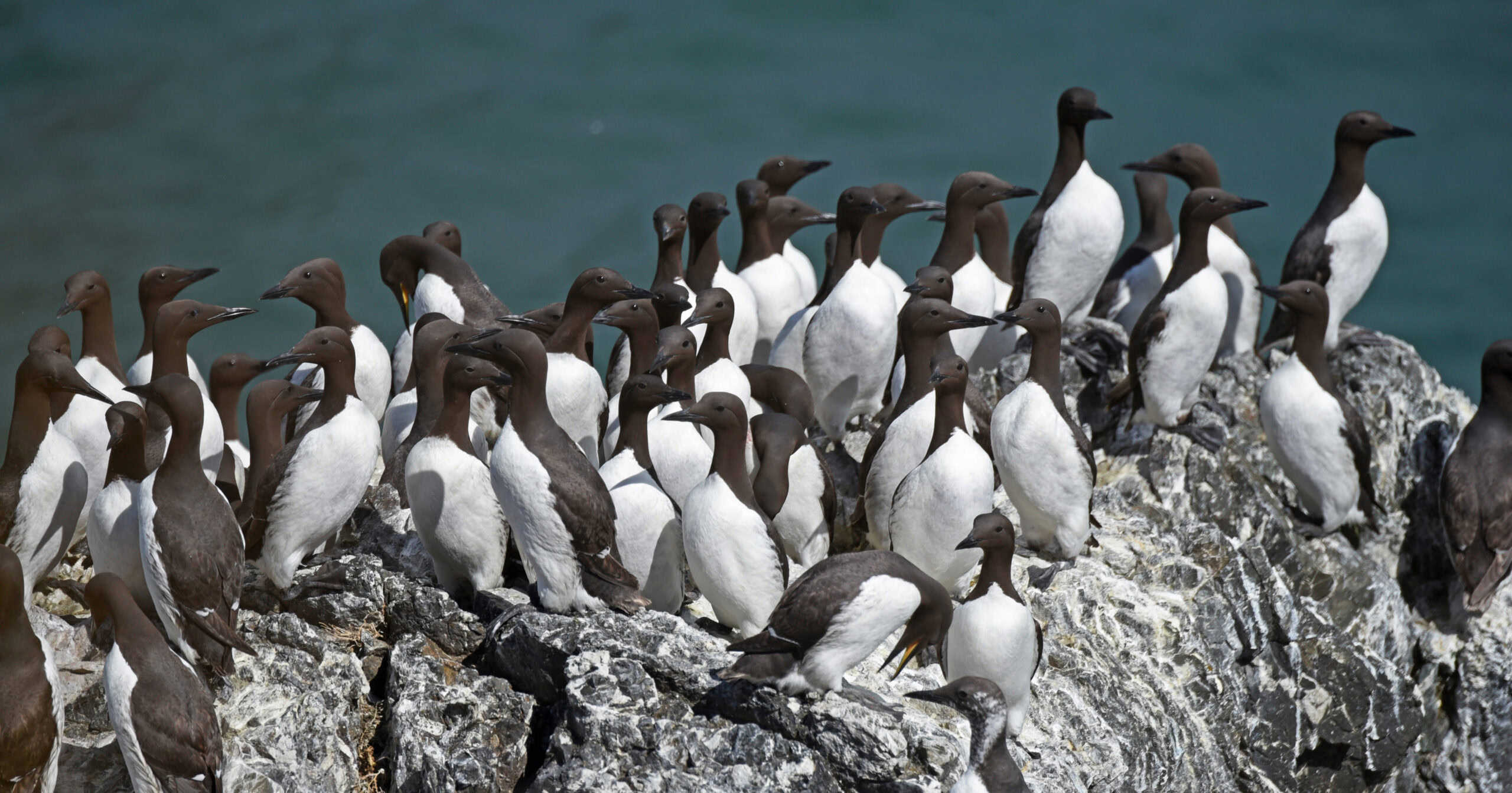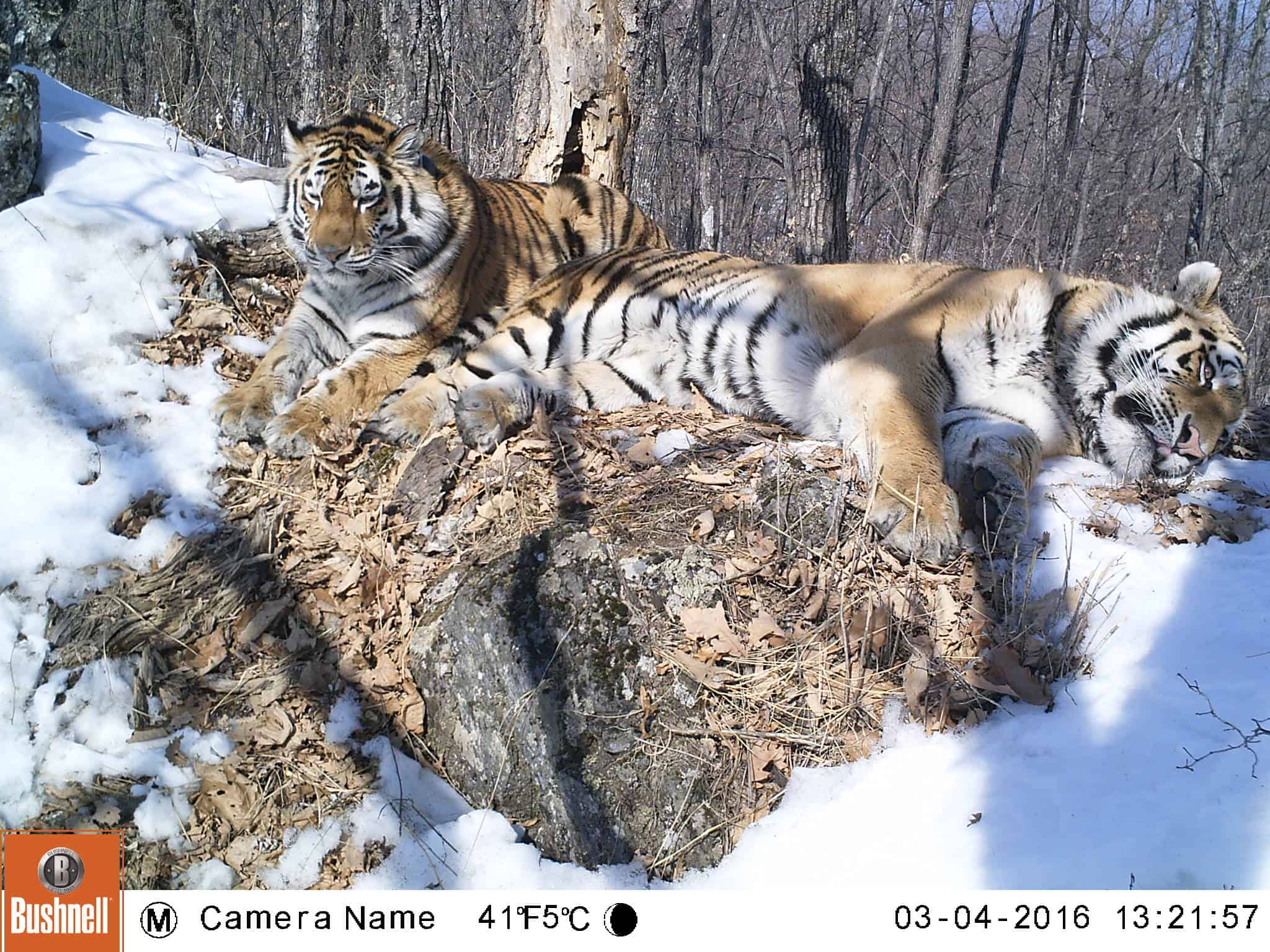Share this article
Are wildlifers’ values changing?
When TWS members conducted a study in 1998 to assess what wildlife conservation professionals, including TWS members, valued, they were already detecting a shift.
A lot has changed in the world since 1998, including the composition of wildlife conservation professionals. To better understand how the value orientations of wildlifers have changed, TWS member Shawn Riley, the Parish Storrs Lovejoy professor of Wildlife Management at Michigan State University, partnered with TWS, The Association of Fish and Wildlife Agencies, The Wildlife Enforcement Officers Association and the Max McGraw Wildlife Foundation to conduct the survey again, roughly two decades later.
“There’s been quite a bit of work done on the changing of wildlife values of the general public,” said Riley, the principle investigator on the survey. “Research during the past decades suggests values of stakeholders, or beneficiaries of public trust resources such as wildlife, have been continually shifting from utilitarian perspectives to a more mutualistic or coexistence belief.”
But Riley wanted to find out how the values of public trust managers such as TWS members, game wardens and conservation officers were aligning with the value shifts of their stakeholders.
“This current effort also is also motivated to inform education and communication of professional development programs,” he said. “For example, Trapping Matters and Conservation Leaders for Tomorrow are two big efforts focused on utilitarian aspects of wildlife conservation. The results from our study will help inform material that goes into those programs.”
They are now surveying TWS members as well as members of the North American Wildlife Enforcement Officers Association, which had been a part of the previous 1998 survey as well, to measure their values and beliefs when it comes to wildlife.
Survey questions will focus on attitudes and beliefs toward different methods of wildlife management and uses of wildlife including hunting, trapping, and intervention measures such as lethal control of invasive species for endangered species conservation, and more.
“I think the programming and services offered by TWS can always be improved by aligning with the values of its membership,” Riley said. He said the findings will also be important for the Association of Fish and Wildlife Agencies, who are supporting the research, to help align the views of conservation professionals with the values of stakeholders. “Ultimately, that’s the greatest impact in my mind — the recognition of how professionals align with the people whose resources we are entrusted to conserve,” he said.
Whether survey results indicate a shift or not, “it’s certainly not good or bad — it just is,” Riley said. “And the best thing as professionals we can do is to have the data and understand what is the current reality so we can identify the needs for both education, but also to anticipate where conflicts may arise.”
Riley said the initial response to the questionnaire has been good, but he hopes to hear from every member of TWS. Researchers have experienced a few glitches associated with various web browsers and agency firewalls, but they’re working to solve them as they are discovered.
Sometimes, Riley said, participants may find their personal computer works better than an agency machine.
Header Image: The public’s attitudes toward wildlife are changing. TWS leaders are surveying members to determine if their values and beliefs about wildlife are changing, too. ©Jitze Couperus








